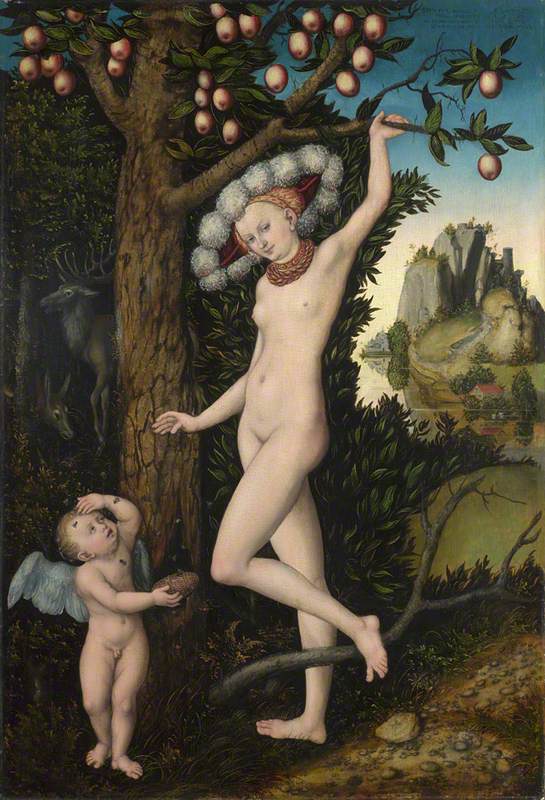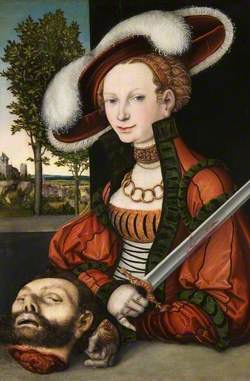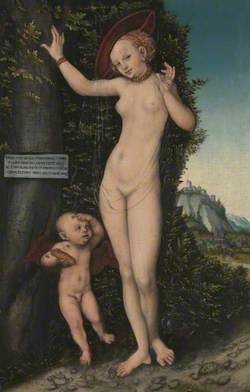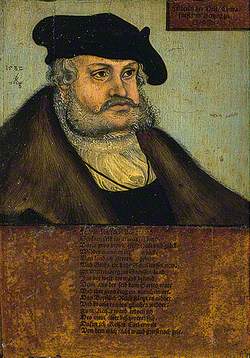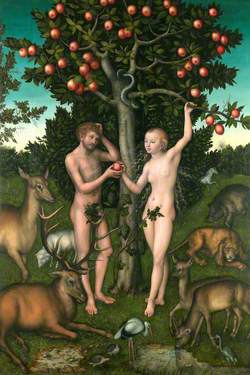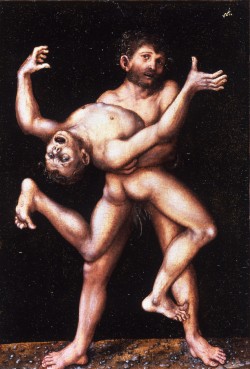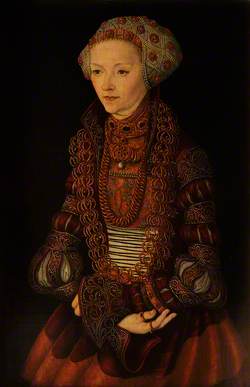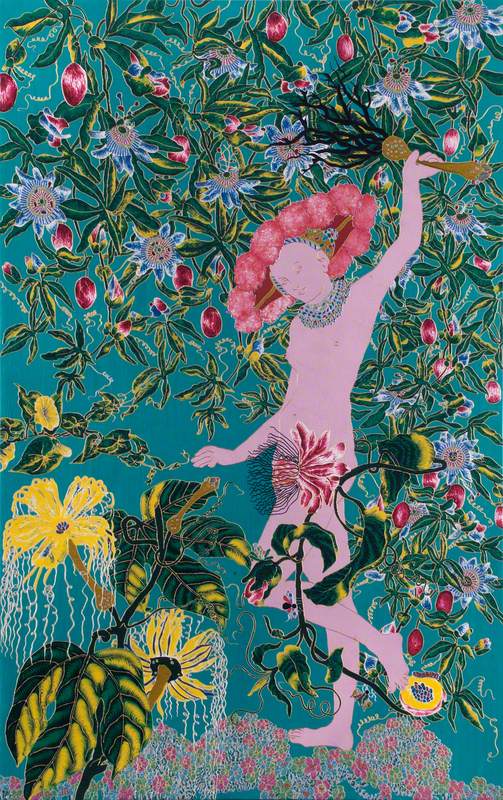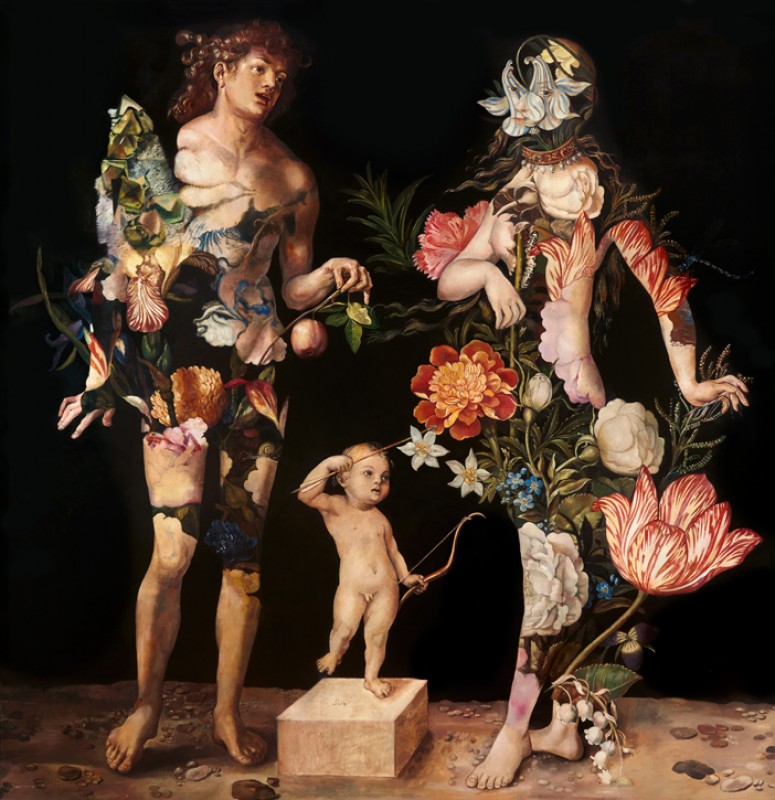How you can use this image
This image can be used for non-commercial research or private study purposes, and other UK exceptions to copyright permitted to users based in the United Kingdom under the Copyright, Designs and Patents Act 1988, as amended and revised. Any other type of use will need to be cleared with the rights holder(s).
Review the copyright credit lines that are located underneath the image, as these indicate who manages the copyright (©) within the artwork, and the photographic rights within the image.
The collection that owns the artwork may have more information on their own website about permitted uses and image licensing options.
Review our guidance pages which explain how you can reuse images, how to credit an image and how to find images in the public domain or with a Creative Commons licence available.
Buy a print or image licence
You can purchase this reproduction
If you have any products in your basket we recommend that you complete your purchase from Art UK before you leave our site to avoid losing your purchases.
Notes
Add or edit a note on this artwork that only you can see. You can find notes again by going to the ‘Notes’ section of your account.
Cupid complains to Venus of being stung by bees when stealing a honeycomb. This is to be taken as a moral commentary; as the abbreviated Latin inscription observes: life's ‘pleasure’ is mixed with ‘pain’. The inscription translates as: 'Young Cupid was stealing honey from a hive when a bee stung the thief on the finger. So it is for us: the brief and fleeting pleasure we seek/ is mingled with sadness and brings us pain'. The subject derives (but the last two lines of the inscription do not) from the Greek poet Theocritus' 'Idyll' 19, ‘The Honeycomb Stealer’. The work of Theocritus was published in the original Greek by Aldus Manutius in Venice in 1495/6, and it is possible that Cranach may have had access to this edition through his employers, the Electors of Saxony.
Melanchthon also spearheaded visual responses to the subject: the inscription on this painting has been taken from an epigram by the young humanist Georg Sabinus, who was in the circle of (and became the son-in-law of) Melanchthon.
Evidence survives that Cranach’s composition was known by these scholars: another member of Melanchthon’s circle, Eoban Hess, wrote 'Tabella Luce' (‘the painting by Lucas') in his copy of the poem, perhaps referring to the composition by Lucas Cranach.
Title
Cupid complaining to Venus
Date
about 1525
Medium
Oil on wood, transferred to masonite
Measurements
H 81.3 x W 54.6 cm
Accession number
NG6344
Acquisition method
Bought, 1963
Work type
Painting
